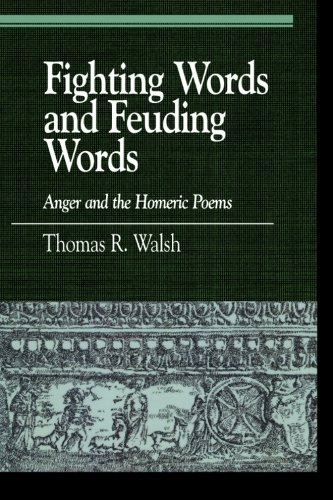skip to main |
skip to sidebar
New Online from the CHS: Aspects of History and Epic in Ancient Iran: From Gaumāta to Wahnām
 The Center for Hellenic Studies is pleased to announce the online publication of Aspects of History and Epic in Ancient Iran: From Gaumāta to Wahnām, by M. Rahim Shayegan, on the CHS website. The work is available for purchase in print via Harvard University Press.
The Center for Hellenic Studies is pleased to announce the online publication of Aspects of History and Epic in Ancient Iran: From Gaumāta to Wahnām, by M. Rahim Shayegan, on the CHS website. The work is available for purchase in print via Harvard University Press.
Aspects of History and Epic in Ancient Iran focuses on the
content of one of the most important inscriptions of the Ancient Near
East: the Bisotun inscription of the Achaemenid king Darius I (6th
century BCE), which in essence reports on a suspicious fratricide and
subsequent coup d’état. Moreover, the study shows how the inscription’s
narrative would decisively influence the Iranian epic, epigraphic, and
historiographical traditions well into the Sasanian and early Islamic
periods.
Intriguingly, our assessment of the impact of the Bisotun narrative
on later literary traditions—in particular, the inscription of the
Sasanian king Narseh at Paikuli (3rd–4th centuries CE)—necessarily
relies on the reception of the oral rendition of the Bisotun story
captured by Greek historians. As Rahim Shayegan argues, this oral
tradition had an immeasurable impact upon the historiographical writings
and epic compositions of later Iranian empires. It would have otherwise
remained unknown to modern scholars, had it not been partially
preserved and recorded by Hellanicus of Lesbos, Herodotus, Ctesias, and
other Greek authors. The elucidation of Bisotun’s thematic composition
therefore not only allows us to solve an ancient murder but also to
reevaluate pre-Thucydidean Greek historiography as one of the most
important repositories of Iranian epic themes.

M. Rahim Shayegan is Associate Professor of Iranian at the University of California, Los Angeles.
The Center for Hellenic Studies is pleased to announce the online publication of Aspects of History and Epic in Ancient Iran: From Gaumāta to Wahnām, by M. Rahim Shayegan, on the CHS website. The work is available for purchase in print via Harvard University Press.










 Stumble It!
Stumble It!

No comments:
Post a Comment